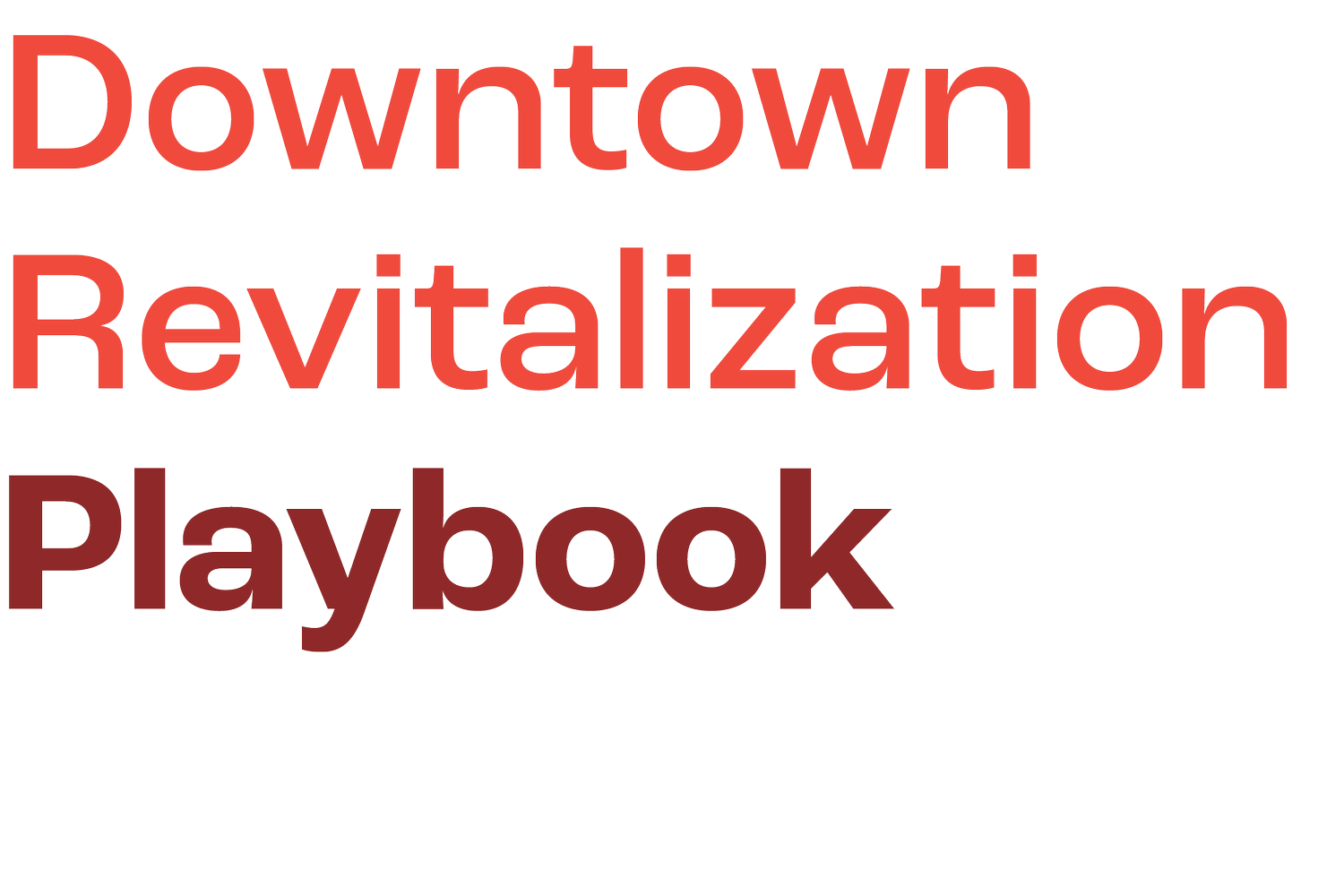
Guidelines for Investment
Most investors agree, when trying to decide whether or not to invest, they look at demand first. But just because there is a need for something does not mean it is an opportunity to gain a good return on investment. There are all sorts of things locals would love to see downtown, but the demand and potential for a good return has to be assessed first. Most downtowns have a beloved empty building locals want to fix up. Typically, investors are more interested in the potential use of a building and its return, than in the building itself.
Some great tools to assess and show demand are:
Business Model Canvas
This is a simple one-page visually organized business plan that helps a team quickly think through their idea and then map it out to see if there are any holes in their logic. There are tons of free templates online. Here is a link to a simple fillable version and here are some related tools.
Source & Uses Budget
This is a special type of budget that breaks down the costs of developing a project (i.e., the “uses”), and then identifies possible sources of investment that could fund or finance it. LISC has a great template here.
Pro Forma
A Pro Forma can show investors projections for their return on investment. It may show the Business Model, Sources & Uses Budget, monthly estimates for the cost of operations, and projections for the expected revenue or impact. Depending on the investor it is created for, this could include both financial and social impact, like the amount of revenue generated or number of jobs created. A Pro Forma is key to showing how the proposed use for a property will be sustainable after the initial investment is made. Examples are available online, and Creative Disruptors has provided a template here.
Pitch Deck
A pitch deck is one of the most common ways to share a project with investors. It is usually a brief presentation that provides a quick overview of a project including highlights from the business plan and Pro Forma. An example may be found in the Appendix. Hundreds of templates are available online, including through traditional presentation software like Google Slides, Microsoft PowerPoint, and Canva.
Understand the Investors
It’s important to know all the investors, including what motivates them and their expectations. The Center for Community Investment explains how every type of investor has a different expectation for their risk and return. Logically, investors who risk more expect a greater return. CCI illustrates this with the “Spectrum of Financial Return.”
Investors closer to the left value impact the greatest, while investors closer to the right value financial return. Typically:
Foundations, CDFIs and Government Agencies
These investors value social impact and therefore are more likely to provide a grant, forgivable or interest-free loans in exchange for impressive and realistic social outcomes.
CDFIs, Foundations, Banks, and Impact Investors
Some investors who are interested in a financial return may be willing to sacrifice some of that return if there is also a promised social impact that aligns with their mission. In this case, a bank or other mission-centered investor may be willing to accept a “sub-market return” on their investment such as a low-interest rate, in exchange for estimating a social impact that supports their mission.
Banks & Other Debt-based Investors
Those who lend at full market rate will be seeking investments that show lucrative revenue projections. This also means they may be less likely to invest in a project that seems risky. The borrower will need to provide collateral to secure the loan. It may be possible to lower the interest rate by attaching credit enhancements to the loan.
Venture Capitalists & Equity Investors
Private equity refers to illiquid equity investments in existing, private companies with growth potential; venture capital is private equity focused specifically on new and start-up businesses. Equity investors own a share of the business and reap their return when they exit the business.
When evaluating which types of investors to approach, it is helpful to ask:
Expectations: What are they interested in gaining from an investment?
Risk Tolerance: How much risk are they willing to tolerate?
Approach Strategy: What is the best strategy to request an investment from them? And how much might they be willing to invest?
